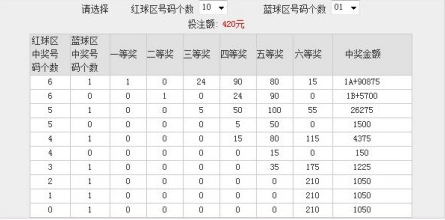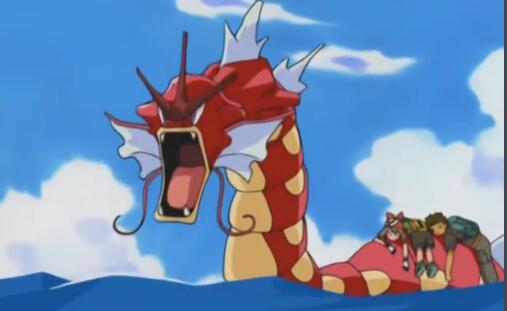《奥斯维辛没有什么新闻》的英文原版
的有关信息介绍如下:
No News from Auschwitz A. M. Rosenthal Brzezinka, Poland— The most terrible thing of all, somehow, was that at Brzezinka the sun was bright and warm, the rows of graceful poplars were lovely to look upon, and on the grass near the gates children played. It all seemed frighteningly wrong, as in a nightmare, that at Brzezinka the sun should ever shine or that there should be light and greenness and the sound of young laughter. It would be fitting if at Brzezinka the sun never shone and the grass withered, because this is a place of unutterable terror. And yet every day, from all over the world, people come to Brzezinka, quite possibly the most grisly tourist center on earth. They come for a variety of reasons—to see if it could really have been true, to remind themselves not to forget, to pay homage to the dead by the simple act of looking upon their place of suffering. Brzezinka is a couple of miles from the better-known southern Polish town of Oświęcim. Oświęcim has about 12,000 inhabitants, is situated about 171 miles from Warsaw, and lies in a damp, marshy area at the eastern end of the pass called the Moravian Gate. Brzezinka and Oświęcim together formed part of that minutely organized factory of torture and death that the Nazis called Konzentrationslager Auschwitz. By now, fourteen years after the last batch of prisoners was herded naked into the gas chambers by dogs and guards, the story of Auschwitz has been told a great many times. Some of the inmates have written of those memories of which sane men cannot conceive. Rudolf Franz Ferdinand Hoess, the superintendent of the camp, before he was executed wrote his detailed memoirs of mass exterminations and the experiments on living bodies. Four million people died here, the Poles say. And so there is no news to report about Auschwitz. There is merely the compulsion to write something about it, a compulsion that grows out of a restless feeling that to have visited Auschwitz and then turned away without having said or written anything would somehow be a most grievous act of discourtesy to those who died here. Brzezinka and Oświęcim are very quiet places now; the screams can no longer be heard. The tourist walks silently, quickly at first to get it over with and then, as his mind peoples the barracks and the chambers and the dungeons and flogging posts, he walks draggingly. The guide does not say much either, because there is nothing much for him to say after he has pointedFor every visitor there is one particular bit of horror that he knows he will never forget. For some it is seeing the rebuilt gas chamber at Oświęcim and being told that this is the “small one.” For others it is the fact that at Brzezinka, in the ruins of the gas chambers and the crematoria the Germans blew up when they retreated, there are daisies growing. There are visitors who gaze blankly at the gas chambers and the furnaces because their minds simply cannot encompass them, but stand shivering before the great mounds of human hair behind the plate-glass window or the piles of babies’ shoes or the brick cells where men sentenced to death by suffocation were walled up. One visitor opened his mouth in a silent scream simply at the sight of boxes—great stretches of three-tiered wooden boxes in the women’s barracks. They were about six feet wide, about three feet high, and into them from five to ten prisoners were shoved for the night. The guide walks quickly through the barracks. Nothing more to see here. A brick building where sterilization experiments were carried out on women prisoners. The guide tries the door—it’s locked. The visitor is grateful that he does not have to go in, and then flushes with shame. A long corridor where rows of faces stare from the walls. Thousands of pictures, the photographs of prisoners. They are all dead now, the men and women who stood before the cameras, and they all knew they were to die. They all stare blank-faced, but one picture, in the middle of a row, seizes the eye and wrenches the mind. A girl, twenty-two years old, plumply pretty, blond. She is smiling gently, as at a sweet, treasured thought. What was the thought that passed through her young mind and is now her memorial on the wall of the dead at Auschwitz? Into the suffocation dungeons the visitor is taken for a moment and feels himself strangling. Another visitor goes in, stumbles out, and crosses herself. There is no place to pray in Auschwitz. The visitors look pleadingly at each other and say to the guide, “Enough.” There is nothing new to report about Auschwitz. It was a sunny day and the trees were green and at the gates the children played.
























